Back in May, The Crown and Equator Coffees co-hosted Greg Meenahan of World Coffee Research for a pair of speaking engagements devoted to sustainability and science. Lively discourse and shared information prompted me to write a small blog on the work that the United States-based WCR engages in around the world.
As a companion piece to that, I’d like to highlight another, much larger piece of the global coffee research puzzle, focusing on the work being done on the ground in coffee-growing countries. Some of the entities noted below you’ve likely heard of, many others you may not know; but the truth is that nearly every country that grows coffee has active research involving some combination of the private and public sectors, and academic and field work.
WCR has done an impressive job of inserting themselves into the conversation for many roasters, and a casual observer might be forgiven for thinking that WCR is directly responsible for many of the results they publish. While WCR does have a full-time staff, including a number of active members of the scientific community, the truth is that WCR — like many such “umbrella” organizations — partners with on-the-ground agronomists to accomplish the bulk of their research.
This should be distinguished from so-called “parachute research,” wherein a scientist from a wealthy nation “makes use of the local infrastructure, personnel, and patients, and then goes home and writes an academic paper for a prestigious journal,” as described by an editorial in The Lancet Health’s International Advisory Board. The editorial goes on to question the nature of using openly available research as a “secondary source” without involving collaboration or properly acknowledging the work of the in-country researcher(s).
Rather, for much of their work, WCR has partnered directly with capable and well-established groups in coffee growing countries. For example, Costa Rica-based Centro Agronómico Tropical de Investigación y Enseñanza (CATIE, or the Tropical Agricultural Research and Higher Education Center) was a critical partner for WCR in their Coffea Arabica Genetic Diversity research program and their Global Coffee Conservation Strategy, for example.
CATIE is an impressive organization. Focused specifically on Latin America and the Caribbean, the institute is a postgraduate educational facility and research center. Like WCR, it partners with member nations across the Americas and with the Inter-American Institute for Cooperation on Agriculture (IICA). Since its founding in the 1940s, coffee research has been one of CATIE’s core pillars. It’s 20+ year partnership with the Promecafe network (El Programa Cooperativo Regional para el Desarrollo Tecnológico y Modernización de la Caficultura, or the Regional Cooperative Program for the Technological Development and Modernization of Coffee Cultivation) stands testament to the far-reaching influence and multinational efforts undertaken by the organization.
Perhaps CATIE’s most visible area of impact is its International Coffee Collection, which includes over 9,000 individual plants representing more than 1,900 accessions. It is the Western Hemisphere’s most important arabica coffee gene bank, and is frequently used as a reference for variety verification and as a pool from which to draw germplasm for new cultivar development.
Predating CATIE by a few years, another highly visible organization in Latin America has been focused on coffee specifically since at least the late 1920s. In Colombia, a $0.06 per pound tax on exported coffees funds the National Federation of Coffee Growers of Colombia (FNC, Federación Nacional de Cafeteros de Colombia, established in 1927) — one of the world’s largest and most high-profile coffee organizations. Laser-focused on improving volumes and prices on a countrywide level, the FNC has been developing and releasing productive coffee cultivars for decades under their Cenicafé research division.
In Colombia’s central department of Caldas, just a few hours’ drive from Bogotá, a beautiful brick compound hugs the green rolling hills of Chinchiná. The facility serves as Cenicafé’s flagship and research neurocenter. Along its balconies, visitors can stroll among rare coffee plants, potted and labeled, with their ripening fruits just a little too tempting to pick. Within its halls, however, white lab coats are the norm, and a hushed, bent-back urgency muffles the echoes as specialists go about the serious business of coffee science.
Cenicafé’s early rust resistant cultivars — Tabi and Colombia, essentially backcrossed Catimors — were longstanding and somewhat popular alternatives to the country’s aging stock of Typica and Caturra. However, Colombia captured the world’s attention in 2005, with the release of Castillo. That cultivar is now the most commonly grown plant in the country, thanks in part to heavy marketing, national taste competition victories, and subsidized seed pricing.
Yet even Colombia’s Cenicafé is a youngster compared to South American neighbor and coffee producing juggernaut Brazil’s Instituto Agronômico de Campinas (IAC, Agronomic Institute of Campinas), which dates to 1887. Per a recent informative article by Jonas Ferraresso, coffee grown throughout the world owes a debt to IAC’s contributions to the arabica gene pool. “Recognizable names in the coffee sector include: Caturra, Yellow Bourbon, Catuaí, Mundo Novo Maragogipe, and Icatu, the first artificial and commercial hybrid between arabica and Coffea Canephora (a.k.a. robusta) in the world.”
Like Colombia’s FNC or the IAC in Brazil, nearly every coffee-growing nation in the world has some form of support organization that focuses on agronomic efforts designed to boost the country’s industry. El Salvador has Instituto Salvadoreño de Investigaciones del Café (ISIC) which developed the Pacamara hybrid, Tanzania has the Tanzania Coffee Research Institute (TaCRI), and Indonesia has Indonesian Coffee & Cocoa Research Institute (ICCRI). Kenya once had Scott Labs, now the Kenya Agricultural and Livestock Research Organization, which developed not just the SL selections but also more recently Ruiru 11 and Batian, and the Philippine Islands, under the Philippine Coffee Board, Inc operates research in partnership with Cavite State University.
Critical gene banks also operate as in-country collections across the world. Besides CATIE, Ethiopia has two important resources. The Jimma Agricultural Research Center (JARC), which operates under the umbrella of the Ethiopian Institute of Agricultural Research (EIAR), developed and released scores of cultivars throughout the country after testing selections and hybrids, mostly in Illubabor. While some coffee trees are wild, and still others are indeed true “heirloom” varieties passed down generationally, a substantial portion of Ethiopia’s commercially grown coffees are in fact cultivars selected, bred, and/or distributed by JARC.
As if that weren’t enough, Ethiopia has a second major gene bank of arabica at the Ethiopian Biodiversity Institute (EBI). The African continent has two additional genetic resource collections for coffee, as well: FOFIFA in Madagascar contains 59 identified Coffea species, of which 42 are at risk of extinction); and the Centre National de Recherche Agronomique (CNRA) in Cote d’Ivoire conserves accessions of robusta, liberica, and many other species native to the continent. Despite only having been operational since 1998, CNRA is the world’s largest genetic collection of coffee.
Despite all this amazing work being done all over the coffee world, there is often also a lack of collaboration. Among the most important, and relatively straightforward reasons this lack of international cooperation involves the preservation of unique genetic and intellectual property.
The FNC is highly protective of its Castillo and Cenicafe 1 stock, as is Ethiopia of its wild, landrace populations and selections. These genetic resources are major contributors to those countries’ claims about unique flavor profiles, and provide differentiation in a competitive market environment, allowing them to demand higher premiums on the global market, for example.
WCR sees this lack of cooperation as an inhibitor to global scientific progress, and their efforts, in part, have encouraged better sharing of research. Unsurprisingly, the level of resistance amongst coffee research institutions has been mixed.
In any case, with total cooperation or not, the ongoing agronomy work in countries of origin remains a critical step to ensuring the survival of coffee amidst a slew of existential threats, from political, cultural and social issues to climate change and market realities.
Without these important groups, and scores like them for which there simply wasn’t room in this article, coffee might not have made it into the 21st century at all.
Chris Kornman
Chris Kornman is a coffee romantic and educator, and a quality specialist with a history of indiscreet coffee buying, roaster fires, ill-advised travel, and oversharing. He is the author of Green Coffee: A Guide for Roasters and Buyers and regularly contributes coffee-related disquisitions to publications worldwide.
Comment
2 Comments
Comments are closed.



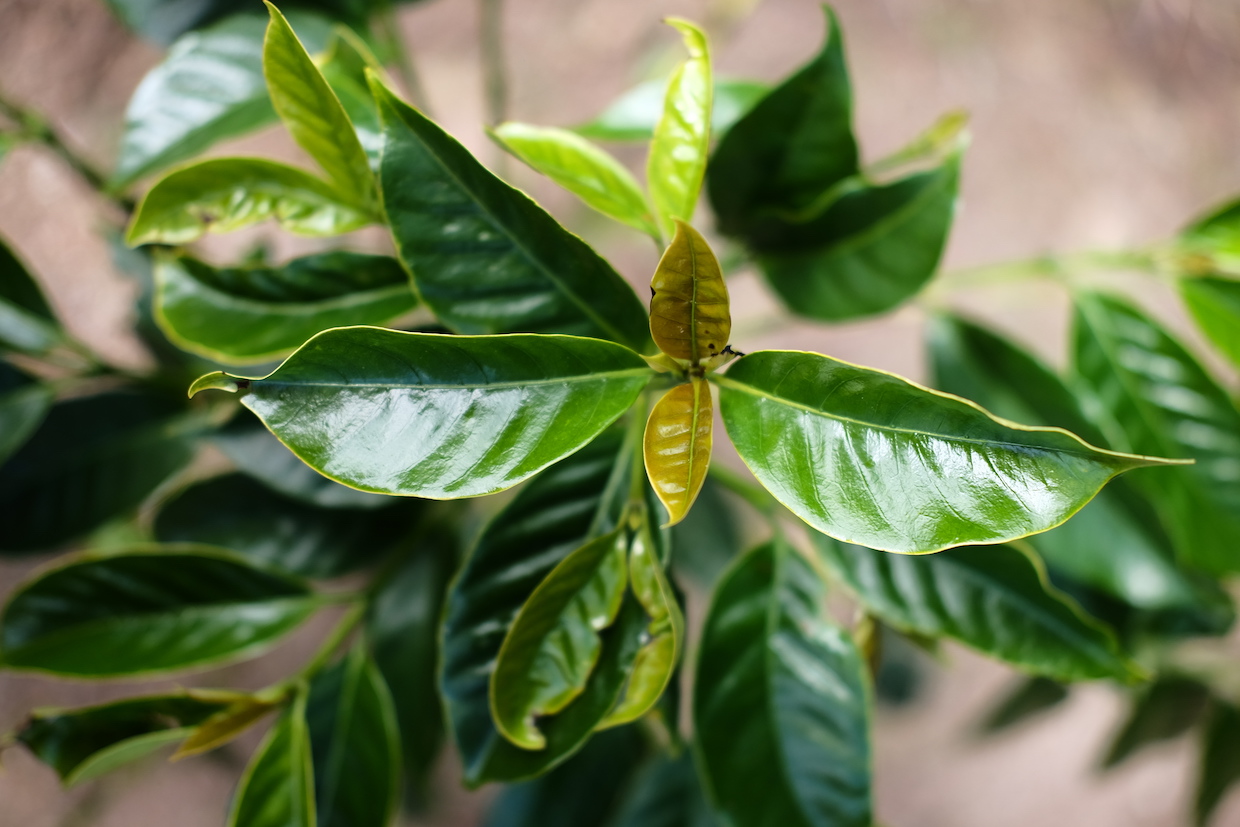

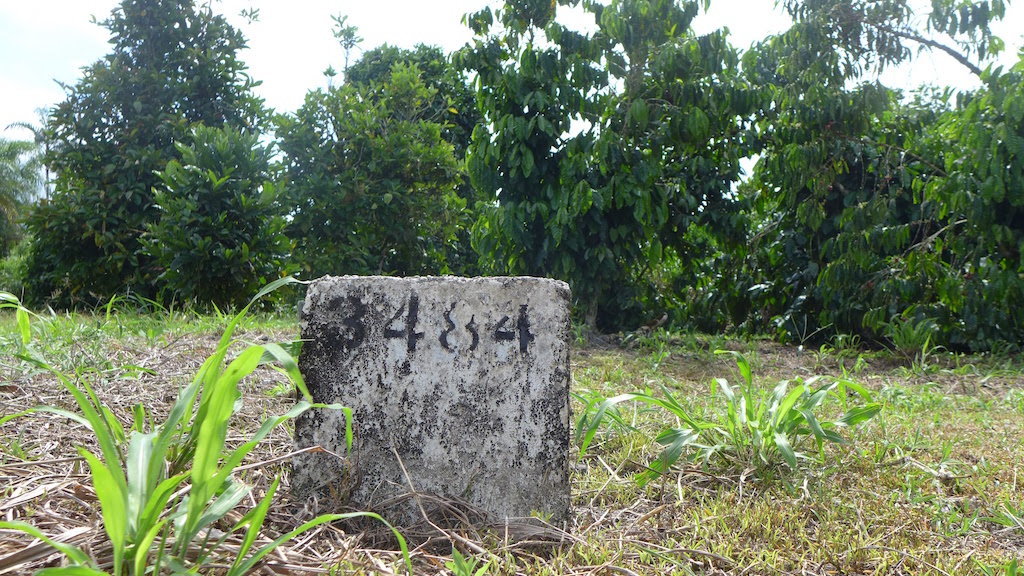

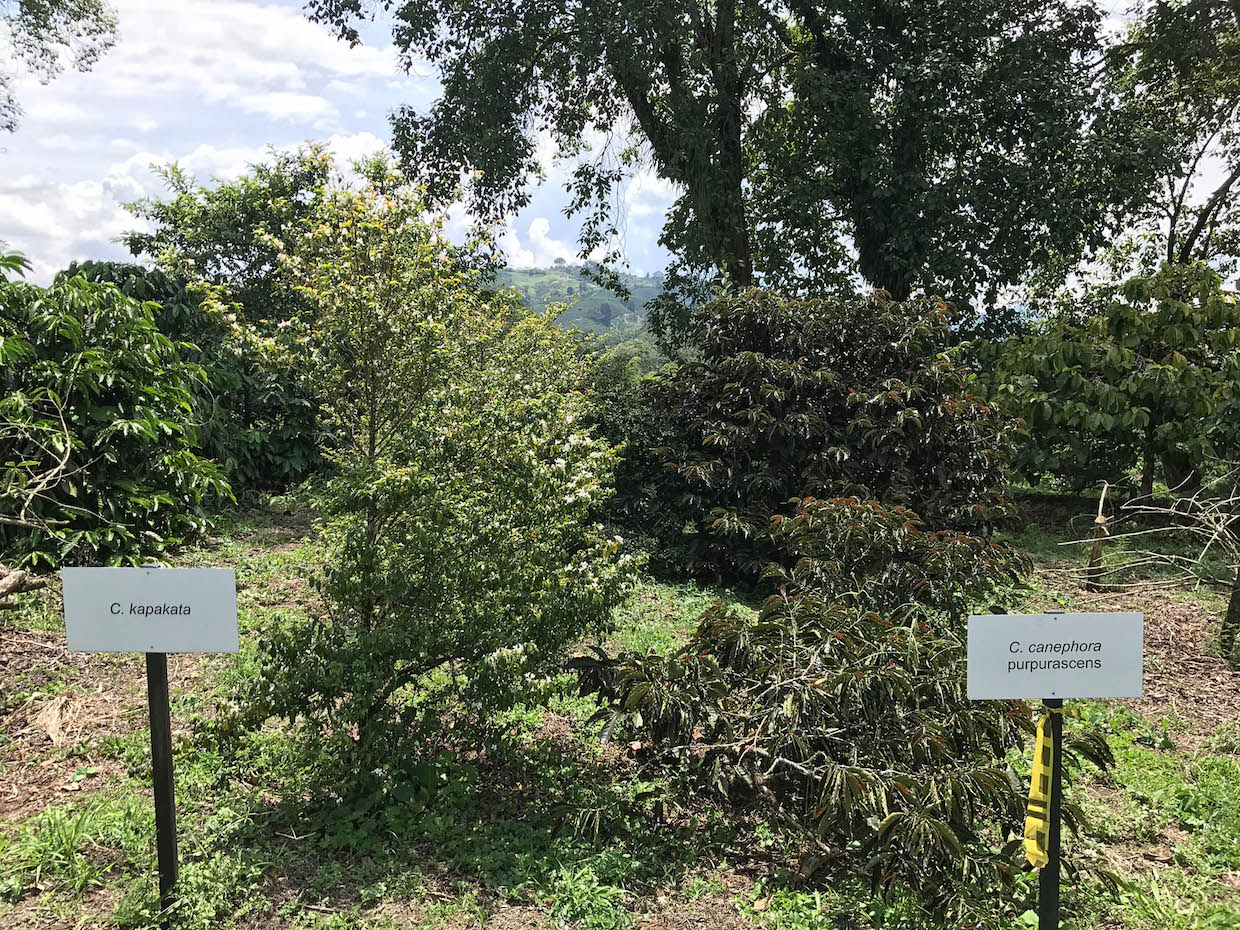
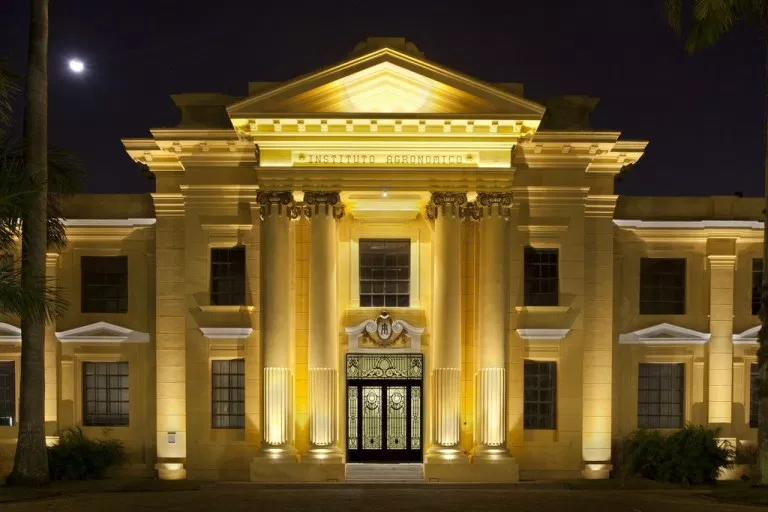
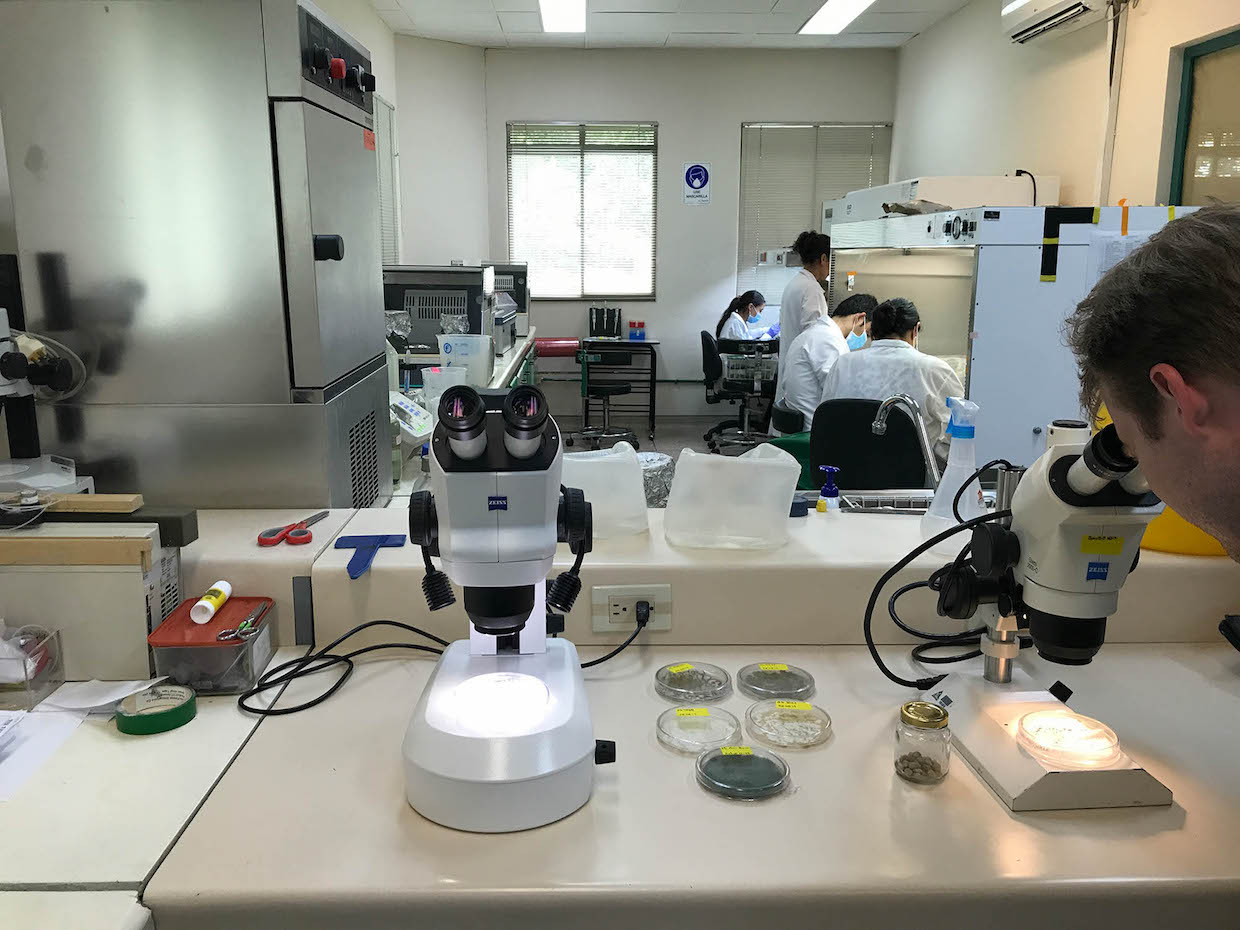
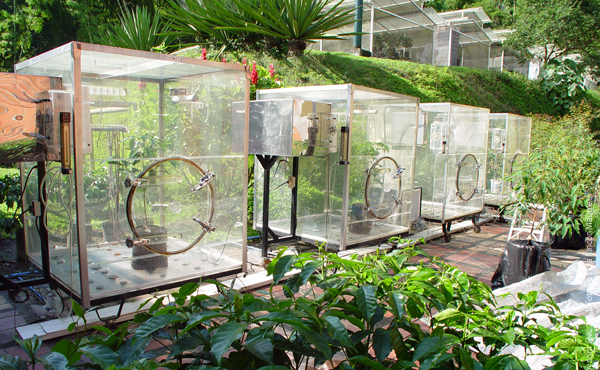



A good piece Chris, thank you!
Any idea of the annual budget of these institutions?
I know Cenicafe operates on USD 5 to 6 million (used to be more I think), but
it’s not nearly enough – they have done an excellent job for such meagre investment, even so it has been roundly criticised by the recent presidential commission for example.
And from that value, I surmise that total in-country research is probably no more than USD 100 million?
If annual export value is USD15 to 20 billion, then global agronomic research is less than 1% of export value and accordingly about a tenth of 1% of USD200bn global coffee sales. It’s not enough, especially in this era of climate crisis.
I think this issue needs much greater public airing.
Peter, thanks for your thoughtful comments. These are troubling figures, indeed.